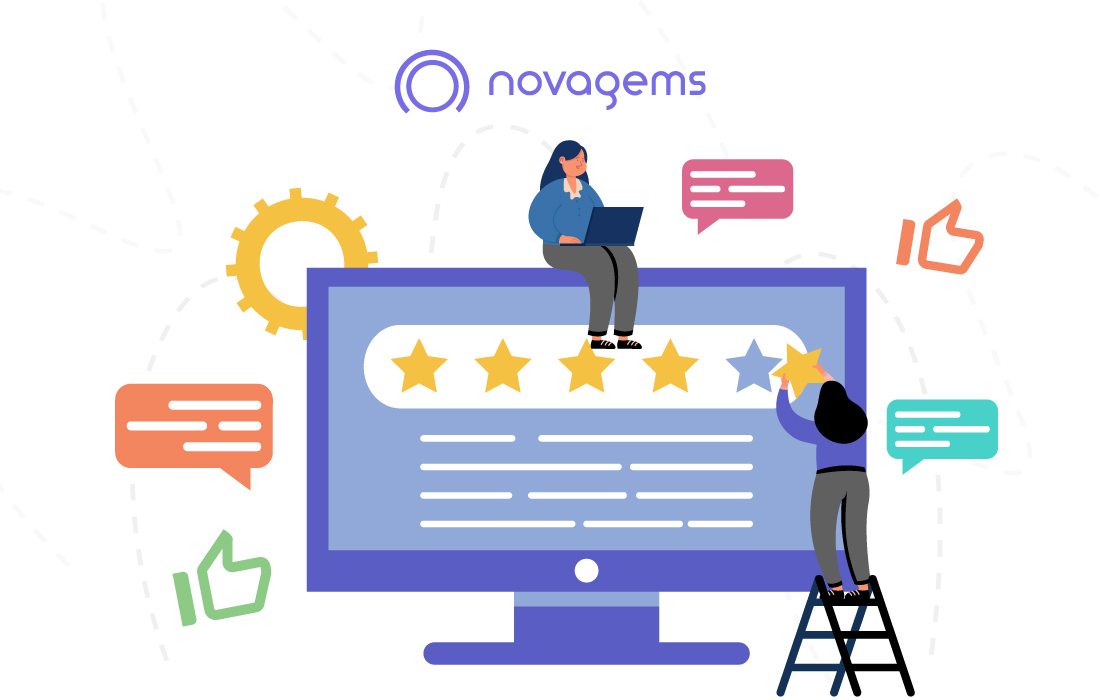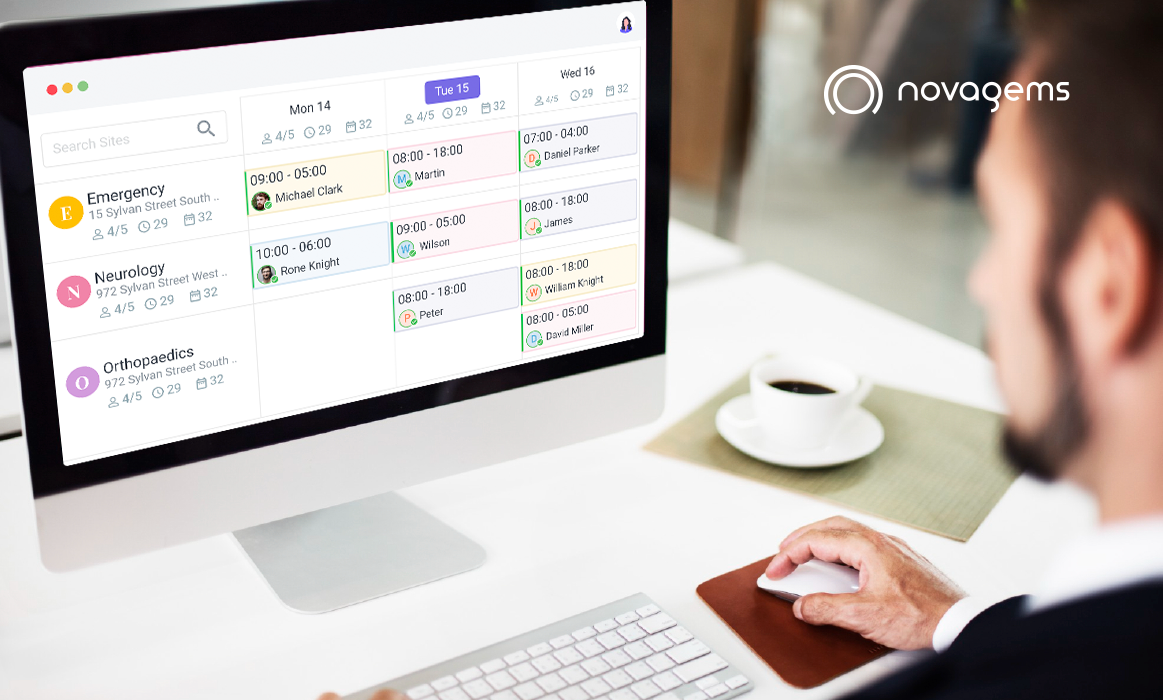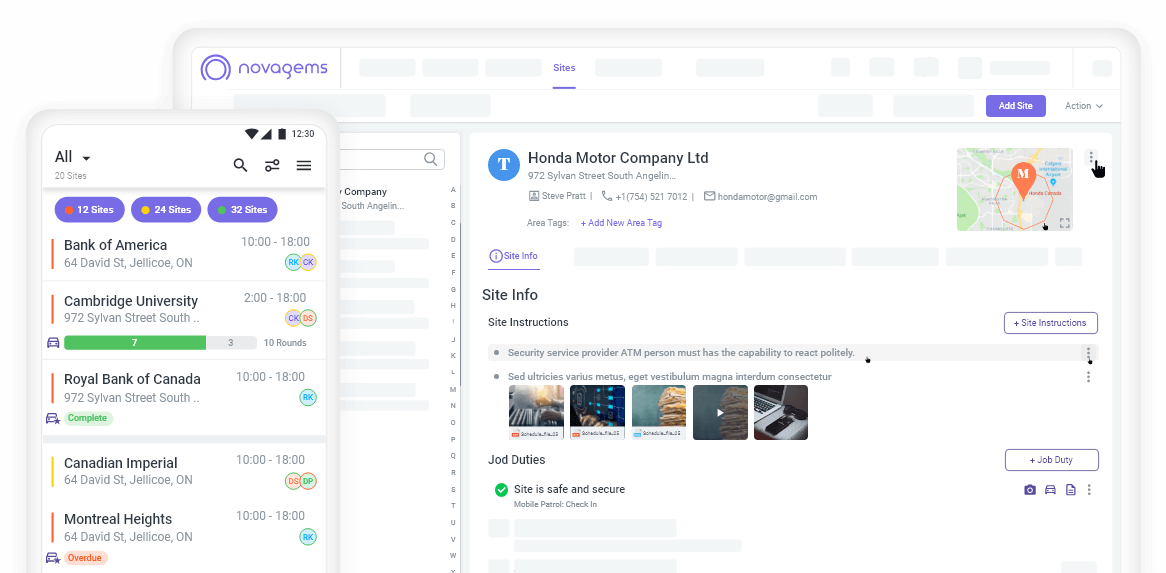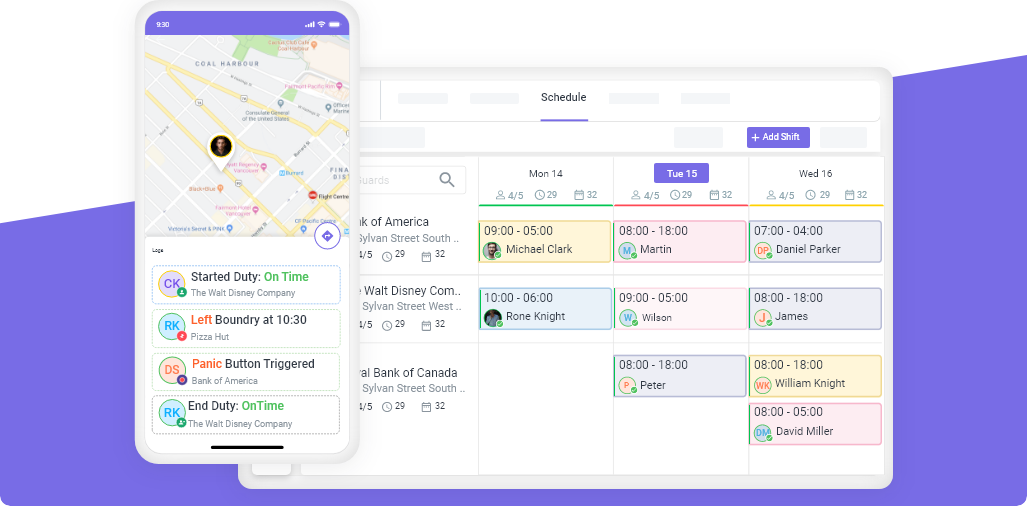How to Reduce Employee Overtime with 10 Effective Steps
Published on: Sun, Jun 1, 2025
Read in 6 minutes

Working overtime once in a while is okay. But if your employees are working extra hours every day, it can cause big problems. Too much overtime leads to tired workers, mistakes, and higher costs. Over time, it can even hurt your team’s health and make people quit their jobs.
The good news? You can reduce overtime without hurting productivity. By working smarter, planning better, and using the right tools—like employee scheduling software—you can save money, protect your team, and still get everything done.
Let’s explore why reducing overtime matters and how to do it in 10 smart steps. We’ll also show you how tools like employee management software can help you every step of the way.
Why is it important to reduce employee overtime
1. Keeps employees healthy
Working long hours can make people feel tired, stressed, and even sick. They may not sleep well or have time to take care of themselves. Over time, this can lead to serious health problems and more sick days.
When you reduce overtime, you help your team stay well and feel better at work.
2. Improves productivity
Many people believe working more hours means getting more done. But research shows the opposite is true. After 50 hours a week, productivity starts to drop. After 55 hours, it drops even more. Tired workers are slower, make more mistakes, and feel less focused.
Less overtime = better quality work.
3. Saves money
Paying employees for overtime costs more than regular hours. Over time, this can eat up your budget. Using tools like employee scheduling software helps you plan better and avoid last-minute extra hours.
That means fewer surprises on your payroll.
4. Reduces turnover
Employees who feel overworked may quit their jobs. It’s expensive to hire and train new people. When you manage schedules better and avoid burning people out, they’re more likely to stay.
Happy teams stay longer and do better work.
5. Keeps you legally safe
Many regions have labor laws about overtime. You must track hours correctly and make sure people don’t work more than the legal limit. Using employee time tracking tools helps you stay on the safe side.
Effective ways to reduce employee overtime
Let’s break down the top 10 steps that will help you reduce overtime while keeping your business running smoothly.
1. Allow flexible work schedules
Let employees choose their working hours when possible. Some people work better in the morning, others in the afternoon. Giving people this choice helps them focus and finish work during regular hours—no need to stay late.
This also improves schedule management and makes the workplace more flexible.
Example: Let your team choose between 8 AM – 4 PM or 10 AM – 6 PM shifts.
2. Cross-train your team
If only one person knows how to do a job, that person ends up working more. But if others are trained to help, the work can be shared.
Cross-training keeps work moving even if someone is out sick or on vacation, and no one has to work extra hours to catch up.

Tip: Train reception staff to handle basic scheduling or teach warehouse workers to manage deliveries.
3. Provide the right tools
Sometimes, employees spend more time on tasks just because they don’t have the right tools. Maybe their software is slow. Maybe they need better instructions.
Giving them the right tools and training helps them work faster and smarter. That means less stress and fewer overtime hours.
Tools like employee management software make it easier to track hours, assign tasks, and manage staff workload.
Bonus: Use task lists, updated checklists, or software that reduces manual work.
4. Improve work culture
In some workplaces, staying late is seen as a sign of hard work, even when it’s not needed. But this leads to burnout.
Change your culture. Let employees know it’s okay to finish on time. Reward them for being efficient, not for working late.
Managers should also lead by example. When leaders respect work hours, others will too.
5. Use employee scheduling software
Manual scheduling is slow and full of errors. Some employees may get too many shifts, while others get too few. This can cause missed shifts, confusion, and yes, overtime.
Employee scheduling software like Novagems helps you:
- Build schedules faster
- Avoid double bookings
- Track staff availability
- Share schedules with the team in real-time

It also works as an employee management software. You can track who checked in, who missed a shift, and how many hours each employee worked. It makes scheduling simple and stress-free.
Result: Fewer last-minute changes. Fewer missed shifts. Less overtime.
6. Track and study overtime
Keep a record of when and why overtime happens. Look at patterns. Are there certain days or tasks that take too long? Is one team always working late?
With proper employee time tracking, you can see the full picture and fix the root problem. Sometimes it’s poor planning. Sometimes it’s just too much work for too few people.
Tip: Use reports from your scheduling software to find and fix overtime triggers.
7. Hire more help
If your team is always working late, you might need more people. Hiring extra help could be cheaper than paying overtime every week.
You don’t need to hire full-time workers. You can try part-time staff or freelancers, depending on your needs.
Example: Add weekend-only workers for busy retail shifts.
8. Plan better
Last-minute jobs lead to overtime. When work is given without notice, employees have to stay late to finish it.
Plan work ahead. Break big tasks into smaller ones. Assign jobs early. Use scheduling tools to see who is free and when.
This way, employees can manage their day better and avoid working late.
Use Case: Restaurants can use past data to plan staff schedules for busy evenings.
9. Set a clear overtime policy
Make a written rule about when overtime is allowed. Let your team know:
- When it’s okay to work extra
- Who can approve it
- How it will be paid
- How to track it
A simple, clear policy removes confusion. Employees won’t feel pressured to stay late without a reason.
Tip: Include this policy in your employee handbook.
10. Match staff with demand
Some businesses are busier at certain times. For example, shops are busy on weekends. Restaurants are busy at lunch and dinner. If you don’t plan for this, workers have to stay late to handle the crowd.
Use your past data to build better staff schedules. Bring in more people during peak hours and fewer when it’s quiet.
Employee scheduling software makes this easy. It shows who is available and can auto-fill shifts based on past demand.
Final Thoughts
Overtime doesn’t have to be a normal part of your business. In fact, cutting back on extra hours can help you:
- Save money
- Keep employees happy
- Improve work quality
- Stay legally safe
By following these 10 steps—and using tools like Novagems, a leading employee scheduling software and employee management software—you’ll be able to manage your team with less stress and more success. You don’t need more hours in the day. You just need better planning, better tools, and a workplace where employees feel respected.
Get a Free Trial
Sign up For Newsletter
Latest Blog Posts
Get Started
Start being productive & grow your business
with Novagems





